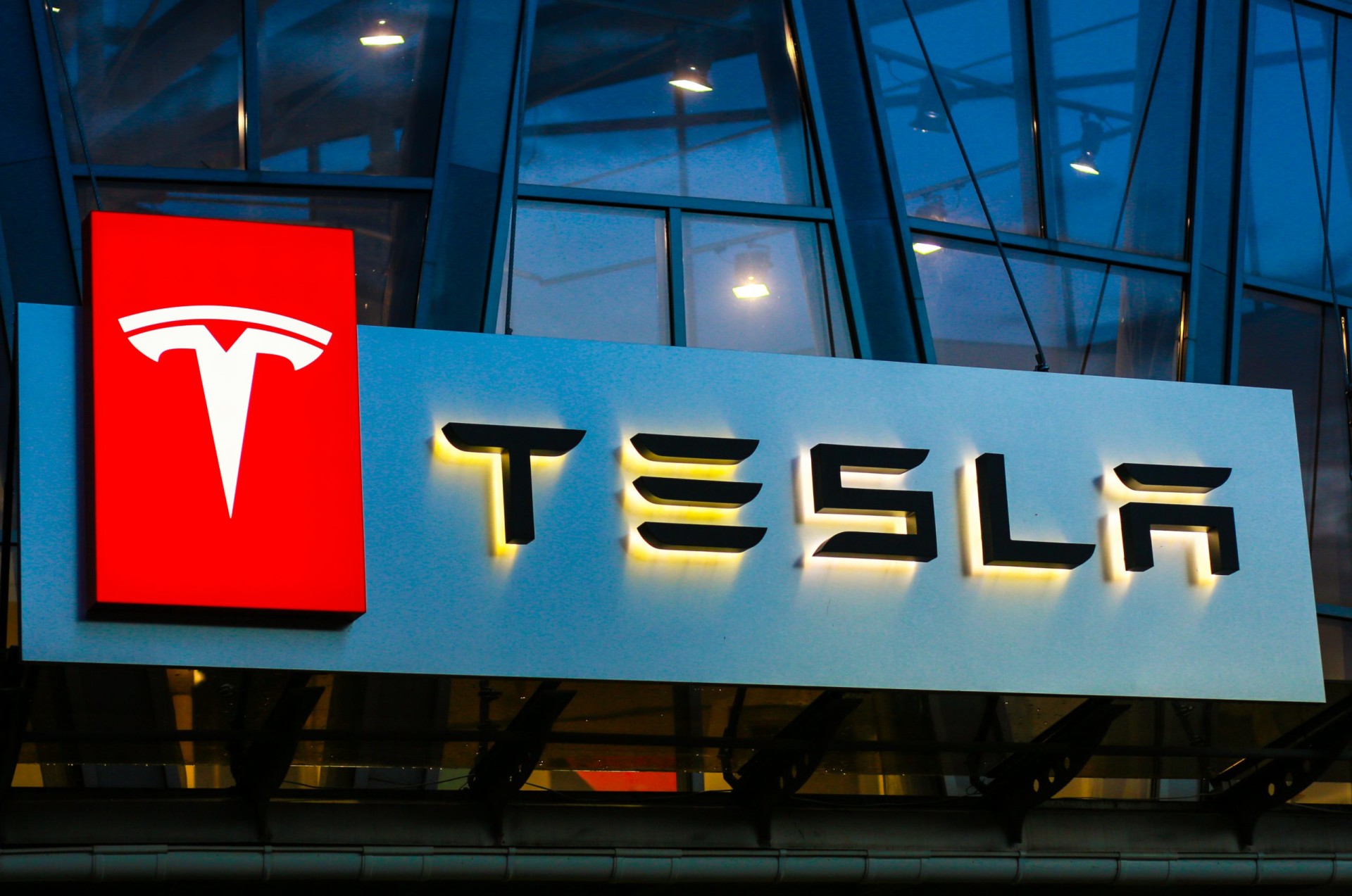
Climate change concerns, government subsidies, and the expansion of charging infrastructure are driving the rapid adoption of electric vehicles (EVs). EV giant Tesla, Inc. (TSLA) has pioneered the battery electric vehicle (BEV) space. Despite its first-mover advantage, other prominent automobile manufacturers are catching up fast and grabbing market share.
In this piece, I have discussed why waiting for a better entry point in TSLA could be prudent.
Traditional automakers are slowly shifting their focus from internal combustion engine (ICE) vehicles to electric vehicles (EVs). Many automakers plan to phase out their entire ICE vehicle lineup as early as 2030.
Strict government regulations, subsidies on EVs, and improving charging infrastructure are driving the sales of EVs. According to Goldman Sachs, electric vehicles will comprise about half of all new car sales worldwide by 2035.
However, TSLA’s EPS and revenue missed analysts’ estimates in the first quarter. The company’s EPS came 0.4% below the consensus estimate, while its revenue missed analysts’ estimates by 0.1%. Despite higher sales, TSLA’s net income during the first quarter took a hit due to price cuts undertaken by the company. Its total production came in at 440,808 vehicles, while its total deliveries for the quarter were 422,875 vehicles.
The company attributed the year-over-year drop in earnings to the underutilization of new factories, which stressed margins, higher raw material, commodity, logistics, and warranty costs, and lower revenue from environmental credits. During the earnings call, CEO Elon Musk emphasized that the uncertain macroeconomic environment could impact new car purchases.
Musk said, “We’ve taken a view that pushing for higher volumes and a larger fleet is the right choice here, versus a lower volume and higher margin,” but noted he expects TSLA’s vehicles “over time will be able to generate significant profit through autonomy.” In 2023, TSLA expects to produce 1.8 million vehicles.
During the first quarter, TSLA’s EV market share fell to 62.4% from 64.2% in 2022. The company’s market share is down significantly from the nearly 79% it commanded in 2020.
TSLA’s shares have declined 19.5% in price over the past nine months but gained 76.7% over the past year to close the last trading session at $217.61.
Here’s what could influence TSLA’s performance in the upcoming months:
Mixed Financials
TSLA’s total revenues for the first quarter ended March 31, 2023, increased 24.4% year-over-year to $23.33 billion. Its total automotive revenues increased 18.4% year-over-year to $19.96 billion.
Its adjusted EBITDA declined 15.1% over the prior-year quarter to $4.27 billion. The company’s non-GAAP net income attributable to common stockholders decreased 21.5% year-over-year to $2.93 billion. Also, its non-GAAP EPS came in at $0.85, representing a decline of 20.6% year-over-year.
Mixed Analyst Estimates
Analysts expect TSLA’s EPS for fiscal 2023 to decline 14.1% year-over-year to $3.50. Its EPS for fiscal 2024 is expected to increase 43.9% year-over-year to $5.03. Its fiscal 2023 and 2024 revenues are expected to grow 23% and 29.1% year-over-year to $100.20 billion and $129.36 billion, respectively.
Stretched Valuation
In terms of forward EV/EBITDA, TSLA’s 36.57x is 287.6% higher than the 9.44x industry average. Likewise, its 6.61x forward EV/S is 482.9% higher than the 1.13x industry average. Its 62.23x forward non-GAAP P/E is 356.8% higher than the 13.62x industry average.
High Profitability
In terms of the trailing-12-month net income margin, TSLA’s 13.66% is 219.4% higher than the 4.28% industry average. Likewise, its 19.37% trailing-12-month EBITDA margin is 78.1% higher than the industry average of 10.88%. Furthermore, the stock’s 8.68% trailing-12-month Capex/Sales is 171.4% higher than the industry average of 3.20%.
POWR Ratings Reflect Uncertainty
TSLA has an overall rating of C, equating to a Neutral in our POWR Ratings system. The POWR Ratings are calculated by considering 118 different factors, each weighted to an optimal degree.
Our proprietary rating system also evaluates each stock based on eight distinct categories. TSLA has a C grade for Sentiment, in sync with its mixed profitability.
It has an F grade for Value, consistent with its stretched valuation. Its high profitability justifies its B grade for Quality.
TSLA is ranked #39 out of 58 stocks in the Auto & Vehicle Manufacturers industry. Click here to access TSLA’s Growth, Momentum, and Stability ratings.
Bottom Line
Despite undertaking price cuts, TSLA’s market share continues to dip as it faces tough competition from automobile giants like General Motors Company (GM) and Ford Motor Company (F). However, TSLA still has a strong market presence, production capabilities, solid profit margins, and a good market understanding.
Given its mixed fundamentals and mixed analyst estimates, it could be wise to wait for a better entry point in the stock.
How Does Tesla, Inc. (TSLA) Stack Up Against Its Peers?
TSLA has an overall POWR Rating of C, equating to a Neutral rating. Check out these stocks from the Auto & Vehicle Manufacturers industry with an A (Strong Buy) or B (Buy) rating: Mercedes-Benz Group AG (MBGAF), Honda Motor Co., Ltd. (HMC), and Wabash National Corporation (WNC).
What To Do Next?
Discover 10 widely held stocks that our proprietary model shows have tremendous downside potential. Please make sure none of these “death trap” stocks are lurking in your portfolio:
TSLA shares fell $0.40 (-0.18%) in premarket trading Tuesday. Year-to-date, TSLA has gained 76.66%, versus a 12.11% rise in the benchmark S&P 500 index during the same period.
About the Author: Dipanjan Banchur

Since he was in grade school, Dipanjan was interested in the stock market. This led to him obtaining a master’s degree in Finance and Accounting. Currently, as an investment analyst and financial journalist, Dipanjan has a strong interest in reading and analyzing emerging trends in financial markets.
Is Tesla (TSLA) a Buy for June? StockNews.com






